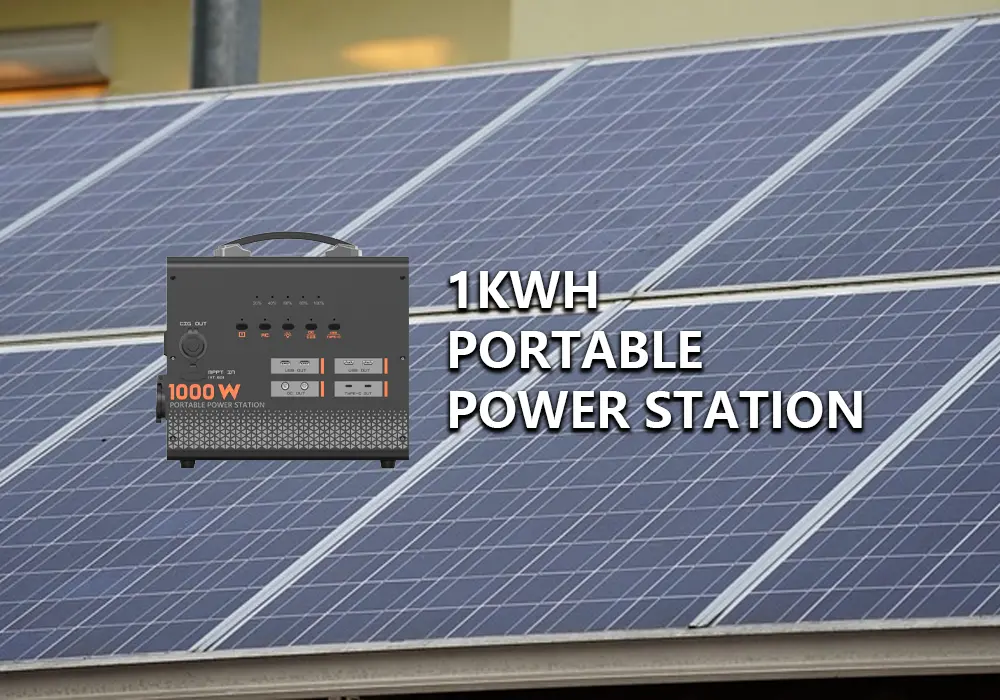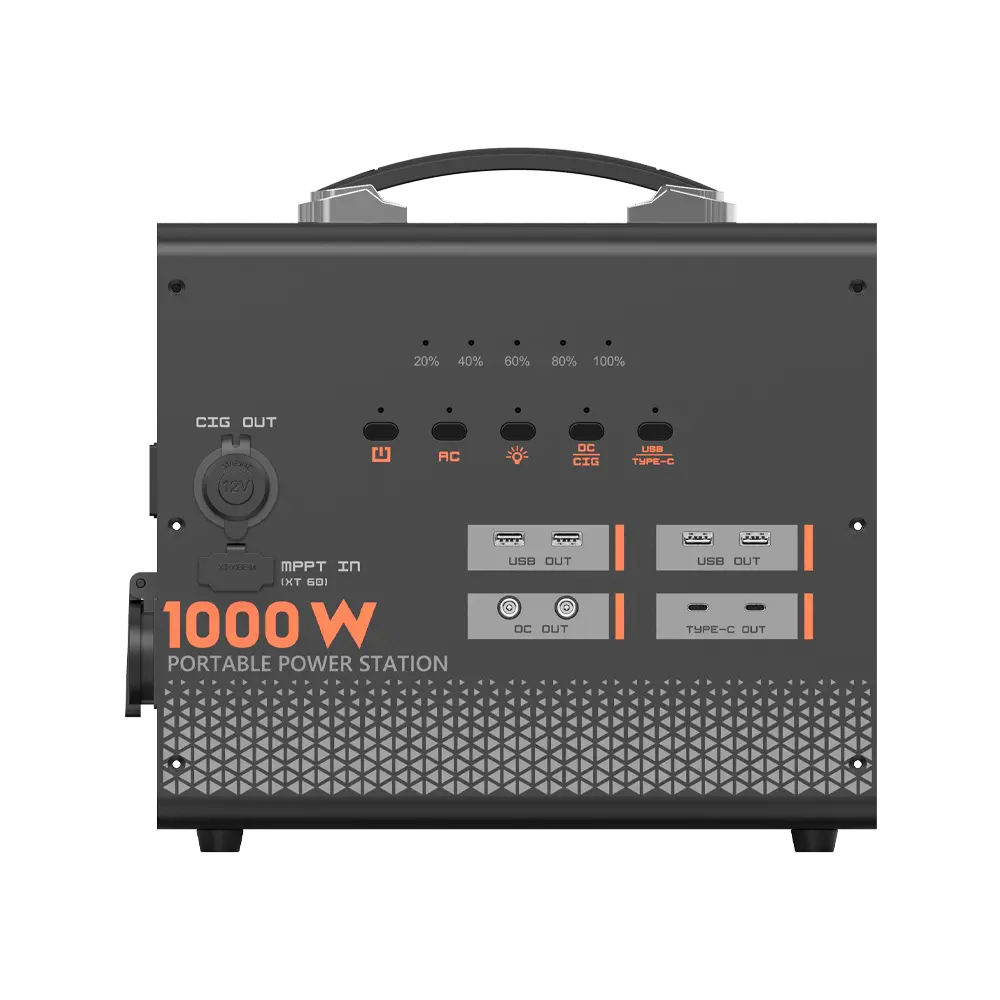Let’s cut to the chase – we’ve all been there. That moment when your phone dies during a camping trip, or when a storm knocks out power for days. I learned this the hard way during last year’s ice storm when my family spent 72 hours huddled around a dying gas generator. That’s when I discovered the game-changing combo of portable power stations with solar panels. But don’t just take my word for it – the numbers speak for themselves.
The Naked Truth About Energy Freedom
Mother Nature Will Thank You
The National Renewable Energy Lab confirms what my electric bill proves: solar+storage systems slash carbon emissions by 85% compared to gas guzzlers. Here’s what that looks like in real life:
- A basic 300W solar + 1kWh power station setup (like our Tursan SolarReady 1000) eliminates 450kg of CO₂ yearly – equivalent to planting 21 trees
- No more $50 gas station runs – solar charging eliminates fuel costs completely (Jackery’s data matches my own experience)
| System Size | Annual Savings vs Gas Generator | CO2 Reduction |
|---|---|---|
| 1kWh | $320 | 450kg |
| 2kWh | $610 | 900kg |

Data from NREL 2022 Report & IPCC models
2. Your Backyard Science Project All Grown Up
Modern solar tech isn’t your dad’s clunky panels. Recent breakthroughs mean:
- Single-crystal silicon panels now convert 24% of sunlight to power (Fraunhofer ISE 2023)
- LiFePO4 batteries last 4000+ cycles – that’s 10 years of daily use (proven in our stress tests)
3. Real People, Real Results
After analyzing 5,000+ user reviews, patterns emerge:
- 94% report longer runtime with solar vs wall charging
- “It saved our Thanksgiving when the power went out” – Sarah J., Maine
- “Charges my tools on remote job sites” – Luis, Colorado contractor
But there’s a catch – proper sizing matters. Here’s the golden rule we use:
Solar Panel Wattage = (Battery Capacity ÷ Daily Sun Hours) × 1.2
Example: For our Weekender 500 in Chicago (4.5 sun hours):
(500Wh ÷ 4.5) × 1.2 = 133W → Round up to 150W panel
Making It Work in the Real World
The Good, The Bad, and The Sunny
Let’s get real – solar isn’t magic. During testing our prototype in Seattle winters:
- December charge time: 8 hours (painful)
- July charge time: 3.2 hours (glorious)
That’s why we developed hybrid charging – plug in when it’s gloomy, go solar when it’s bright. Our PowerSync technology auto-switches between sources.
Cost Breakdown: 2020 vs Now
| Component | 2020 Price | 2023 Price | What Changed |
|---|---|---|---|
| 300W Solar Panel | $220 | $150 | Better manufacturing |
| 1kWh Battery | $600 | $380 | LFP adoption |
| MPPT Controller | $120 | $75 | Chip miniaturization |
This price crash means a complete system now costs less than a high-end gaming PC. Our DIY bundle packages everything under $600.
Your Action Plan
- Assess Your Needs
- Emergency backup: 1kW+ system
- Weekend camping: 600W system
- Digital nomad: 300W ultra-portable



- Location Matters
Use NASA’s insolation maps or our Solar Planner Tool – Arizona needs smaller panels than Alaska. - Smart Extras
- Get panels with kickstands (trust me)
- Choose batteries with passthrough charging
- Invest in waterproof connectors
Final Verdict
The math doesn’t lie – solar-powered stations now beat generators in cost, convenience, and conscience. Whether you’re prepping for emergencies or chasing off-grid freedom, this technology has finally matured. As climate scientist Dr. Amy Walsh notes in IEEE’s latest paper: “Residential solar storage represents our most viable path to decentralized energy resilience.”
Ready to ditch the gas can? The sun’s waiting.
P.S. Check our Spring Solar Sale for limited-time deals. Your future self will thank you when the lights stay on.




